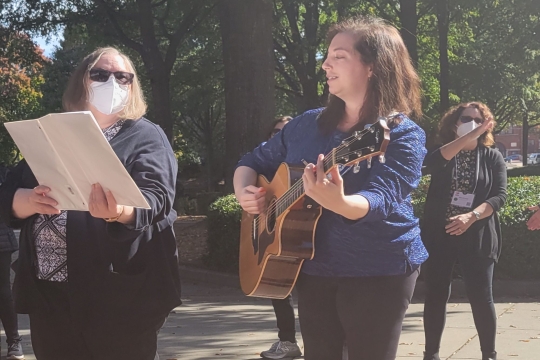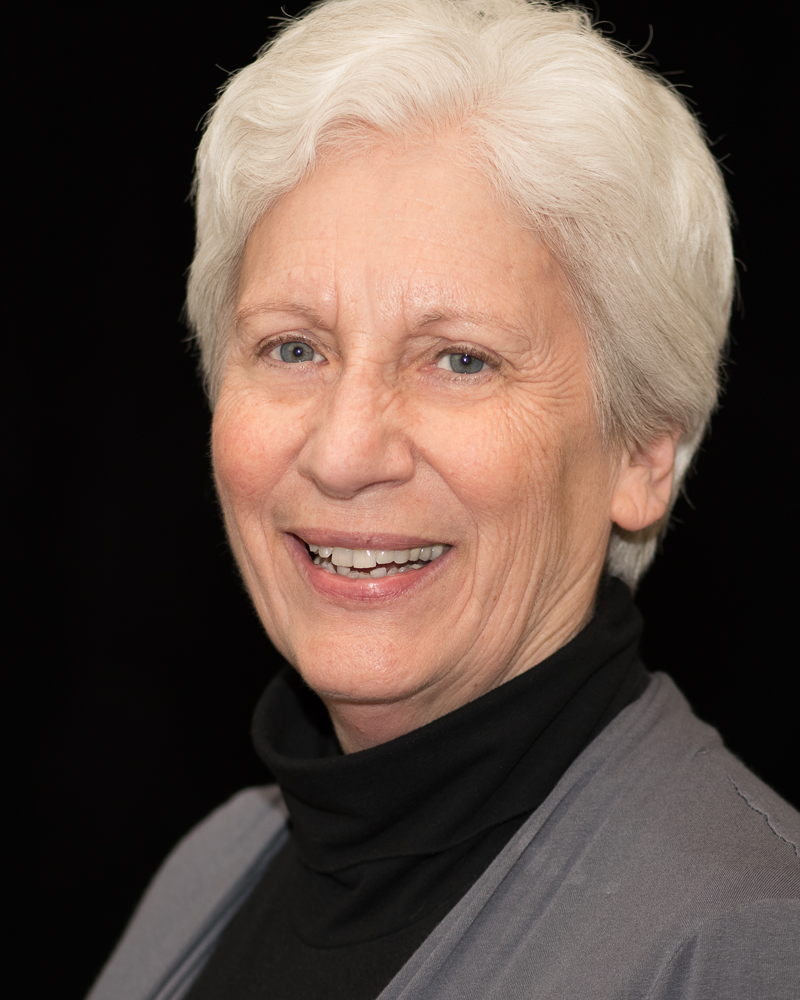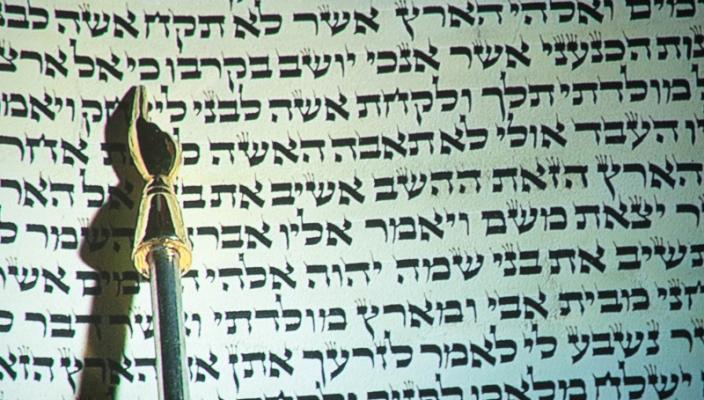
B’reishit. “Beginning.” A new beginning. How thrilling that every year we get to start over. The gift of an unblemished new start, untouched by triumphs or challenges. We finish the story and we immediately begin it again.
At my congregation for Simchat Torah, we unroll the entire Torah scroll. A small army of volunteers pull on white cotton gloves and arrange ourselves in a large circle. The Torah is unscrolled, and the community supports it, inch by inch, as it makes its way around the circle. One hand at the bottom, one hand at the top, we all share the profound experience of holding up the Torah. When the circle is complete, the last words of Deuteronomy and the first words of Genesis are touching. And every year, it gives me goosebumps.
The two Torah readers stand shoulder to shoulder. One reads the final words. The next reads the first words. The rest of us peek over the section of parchment we are holding and are part of it. We get to take this remarkable journey again, this year and every year.
I have had the privilege of chanting from parashah B’reishit several times. No other parashah holds as much meaning for me. How awe-inspiring is it to chant the very first, very familiar words? For me, the miracle goes beyond the familiar words. I never learned to read Hebrew as a child. I did not know an aleph from a bet until I took a chance on a beginning Hebrew class as an adult of a certain age. I was always a regular service goer, both as a child and as an adult. In those days before transliteration was ubiquitous, I mumbled along with the familiar sounds of the Hebrew. But I had no idea how to read it. And now I am reading from the Torah about the miracle of creation.
My connection to B’reishit deepened on my first visit to Israel in 2008. We traveled to Tzvat, that mystical city on the hill, and visited the home of an artist. He told us his story and he showed us his art. I am not a good shopper, but I wanted to take a piece of art home with me. As I was looking at a print, the artist came up behind me and said, “That is B’reishit.” I looked more closely. I could see the first two words “B’reishit bara” (“In the beginning” and “created”), and at the bottom I could see the word “Or” (“light”). The rest looked like a circle and a flower with Hebrew letters on them. So, he took me on a tour of the work, and I saw the words of the first three sentences of the Torah were all there, circling and swirling around each other to form the design.
“When God was about to create heaven and earth, the earth was a chaos, unformed, and on the chaotic waters’ face there was darkness. Then God’s spirit glided over the face of the waters, and God said ‘Let there be light!’ – and there was light.”
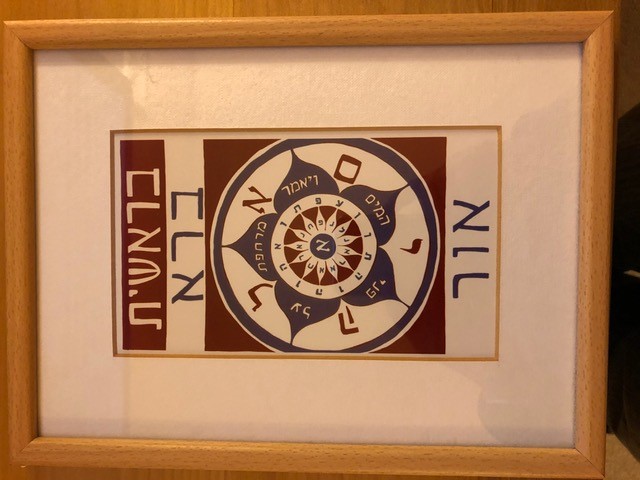
Of course, this is the piece of art that came home with me from that trip.
B’reishit. “Beginning.” A new beginning. May we set out together on this new journey through Torah, this fresh start. May we find new meaning along our way. May we find wonder. May we find inspiration. And may we find peace.
Jane Taves is the WRJ Vice President of Advocacy, Marketing, and Communications. She is a member of Temple Beth El, in Madison, Wisconsin. Along with her WRJ work, she is a member of the URJ North American Board and a co-chair of the North American Advisory Board of the World Union for Progressive Judaism.
Related Posts
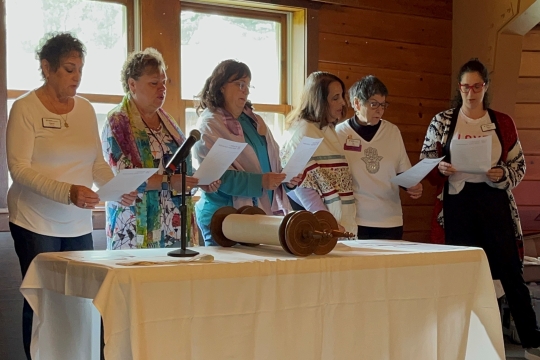
Parashat Yom Rishon shel Rosh HaShanah
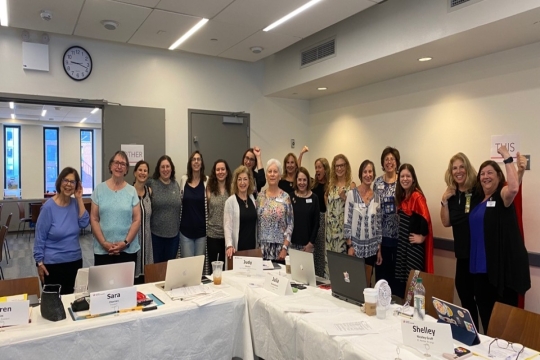
Cultivating a Culture of Accountability and Belonging
